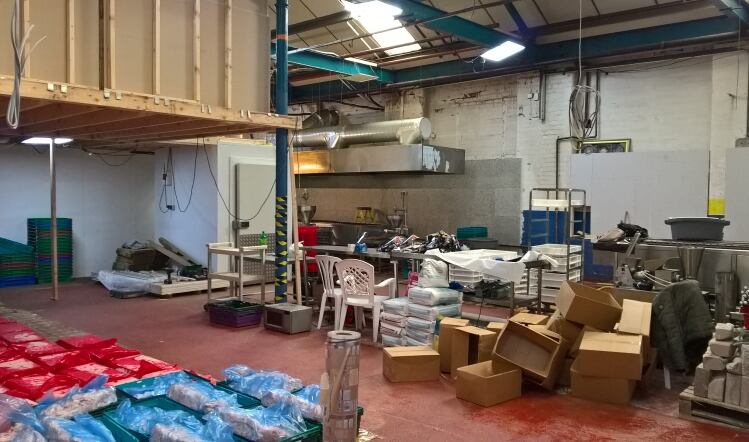Does your business premises contain asbestos? If so, do you know where it is? And are you confident you are managing it effectively to ensure no one is exposed?
According to figures recently published by the Health and Safety Executive, more than 2,500 people died from asbestos-related cancer mesothelioma in 2017. With asbestos linked to other terminal illnesses like asbestosis and some lung cancers, the annual death toll from exposure is more than 5,000 in Britain alone.
Because of how deadly it is, asbestos was banned in Britain in 1999. The length of time it takes for exposure to lead to symptoms of asbestos-related illness, usually 20 or more years, means that people who die this year were most likely exposed before the ban.
So, does that mean people are no longer being exposed? Does it mean we no longer have to worry about asbestos? Put simply, no.
Hundred of buildings at risk
Asbestos is still a major issue. It is still present in hundreds of thousands of buildings in Britain, many of them in the food and drink manufacturing industry.
Your business should have a register of any asbestos present in its premises. It should also have an asbestos management plan.
If asbestos is kept in a good condition, it is safe. However, problems arise should it be disturbed in any way.
An IOSH-funded survey of 500 tradespeople last year revealed some worrying results, with one in four respondents saying they had been exposed to asbestos, while one in three didn’t check the asbestos register before starting work on a new site.
The challenge of managing asbestos
As part of its No Time to Lose occupational cancer campaign, IOSH has produced a series of free resources for businesses and individuals on how to manage asbestos.
An update on this campaign will feature prominently at the annual Food and Drink Manufacturing Health and Safety Conference, being held at the DoubleTree by Hilton Hotel in Broughton, on 1-2 October.
New risks are emerging all of the time. For example, new technology is both a risk but also an opportunity, while it is crucial organisations ensure good practice is followed right through their supply chains.
Managing these health and safety risks successfully can be the key to an enhanced reputation and increased profitability. What business wouldn’t want that?




